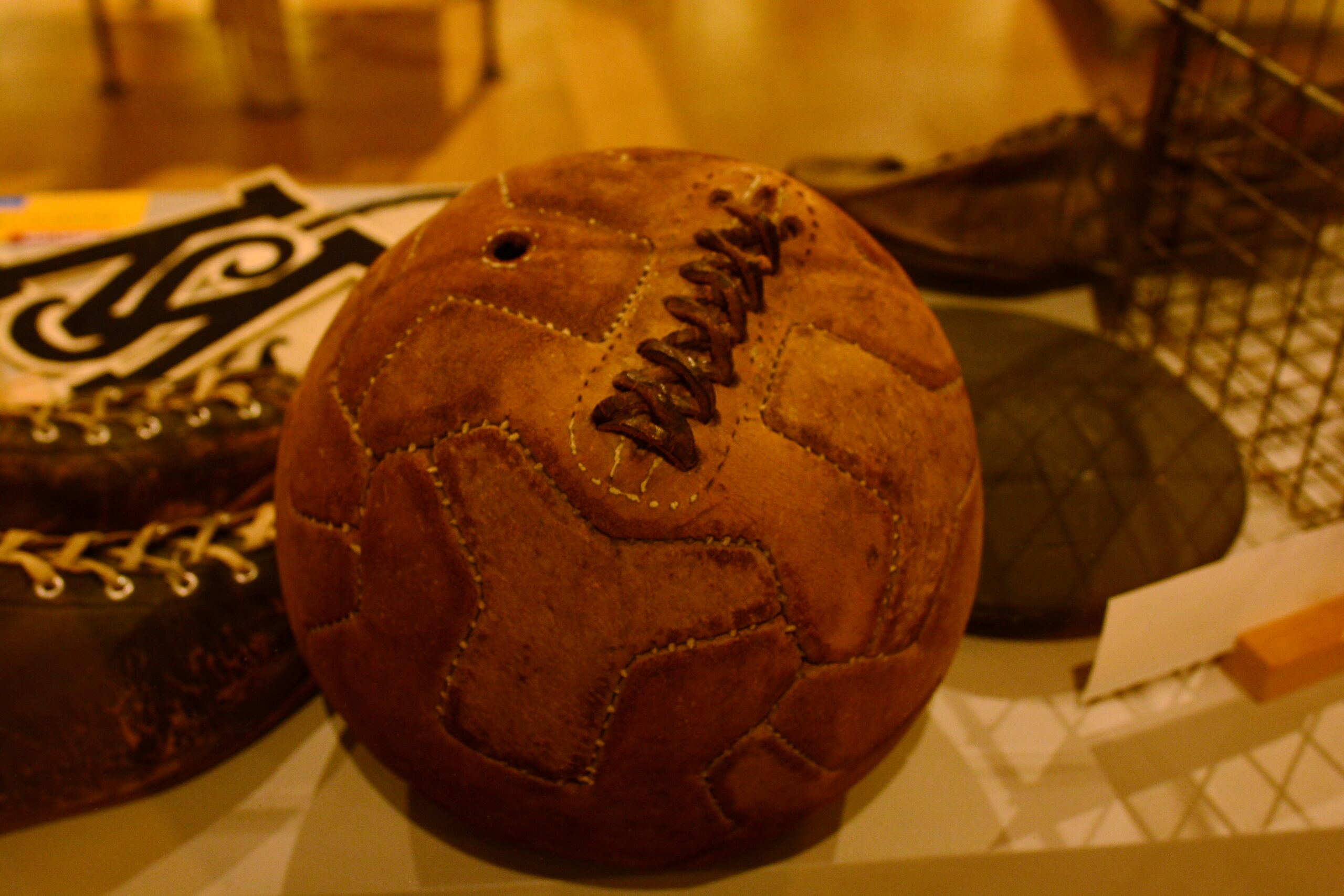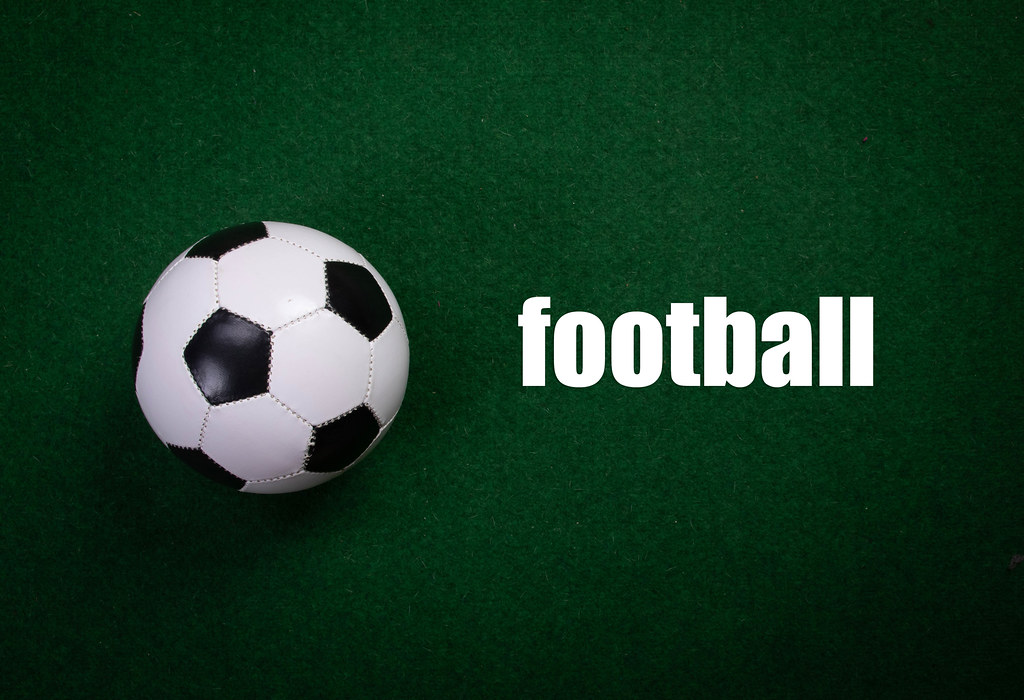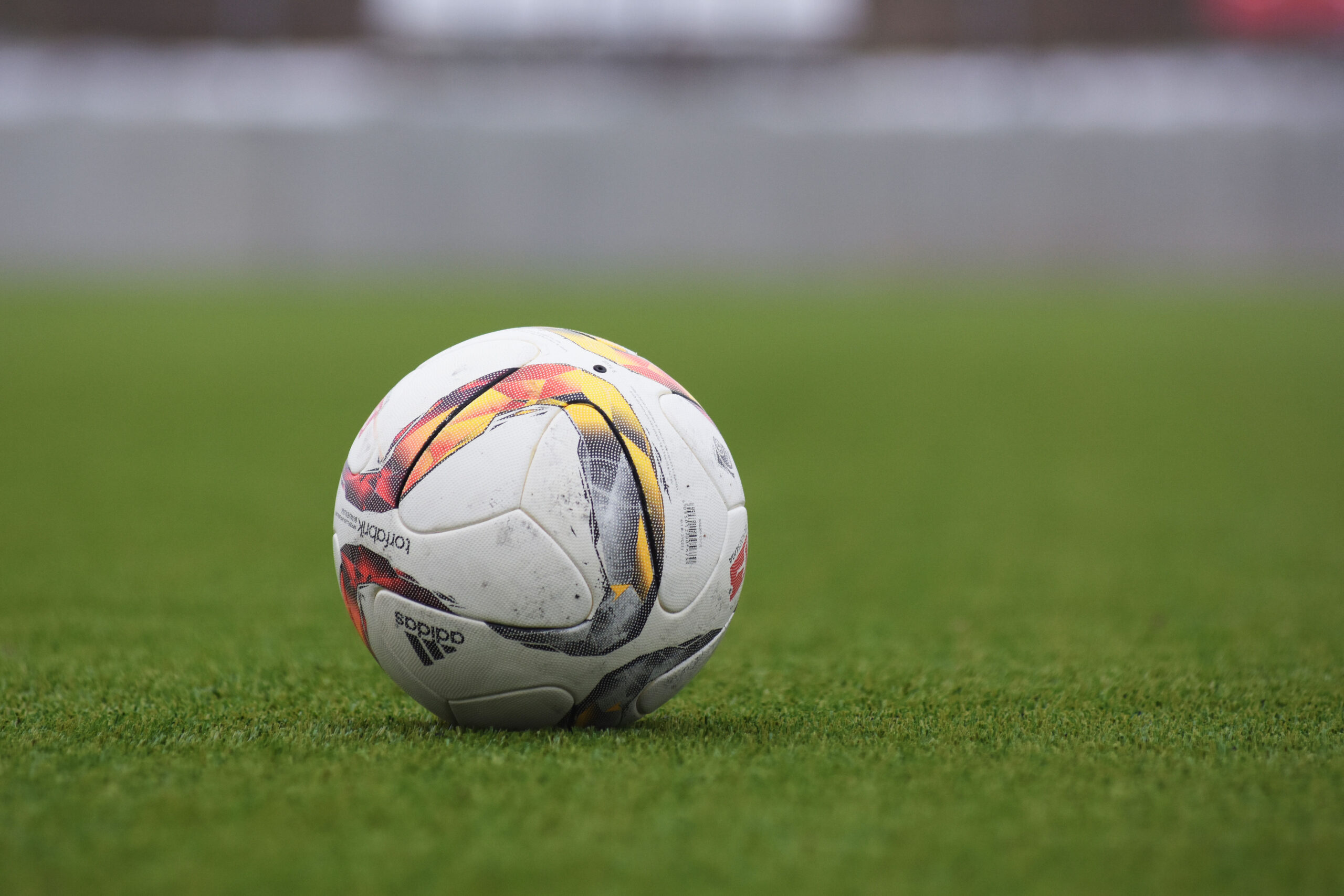How Long Do Soccer Balls Last

Have you ever wondered how long a soccer ball can last? It’s a fascinating question, considering the intense and often rough conditions that soccer balls are subjected to during games and practice sessions. Well, here’s a surprising fact for you – on average, a soccer ball can last anywhere between one to three years, depending on its quality, usage, and maintenance. That’s quite impressive, considering the amount of kicking, bouncing, and rolling they endure!
Now, let’s delve into the factors that determine the lifespan of a soccer ball. Apart from the quality and durability of the ball itself, the playing surface also plays a crucial role. Rough or abrasive pitches can cause faster wear and tear, shortening the ball’s lifespan. Similarly, the frequency of usage and the conditions in which the ball is stored can impact its longevity. To ensure a soccer ball lasts as long as possible, it’s essential to clean it regularly, store it in a cool and dry place, and avoid excessive exposure to sunlight.

The Lifespan of Soccer Balls: What You Need to Know
Soccer balls are essential for playing the beautiful game. They are subjected to intense use and can endure various conditions on different surfaces. With regular play, however, soccer balls can wear out over time. If you’re wondering about the durability and lifespan of soccer balls, this article will provide you with all the information you need. From material quality to maintenance tips, we will cover everything related to how long soccer balls last.
Step 1: Understanding Soccer Ball Construction
Before we delve into the lifespan of soccer balls, it’s important to understand their construction. Soccer balls consist of three main components:
- Outer Cover: The outer layer of a soccer ball is usually made from synthetic materials like polyurethane (PU) or polyvinyl chloride (PVC). These materials provide durability and resistance to wear and tear.
- Bladder: The bladder is an inflatable component inside the soccer ball. It is responsible for maintaining the ball’s shape and air pressure.
- Stitching: The panels of a soccer ball are stitched together to create its overall shape. Traditional soccer balls have 32 panels, while modern ones may have fewer.
The quality of these components plays a crucial role in determining how long a soccer ball can last.
Step 2: Factors Affecting the Lifespan of a Soccer Ball
Several factors influence the lifespan of a soccer ball. Understanding these factors will help you better assess how long your soccer ball will last. Here are the key factors:
1. Frequency of Use
The more frequently you use a soccer ball, the quicker it will wear out. If you are playing soccer regularly, especially on rough surfaces, such as concrete or artificial turf, the ball’s lifespan may be shorter. On the other hand, if your soccer ball is mainly used for casual games on grass fields, it can last longer.
2. Playing Surface
The type of playing surface also affects a soccer ball’s durability. Playing on abrasive surfaces like asphalt or concrete can cause the outer cover to deteriorate faster. Ideally, grass fields provide better cushioning and require less force, thereby reducing the wear and tear on the ball.
3. Storage and Maintenance
Proper storage and maintenance can significantly extend the lifespan of a soccer ball. It’s essential to keep the ball in a cool and dry place when not in use. Excessive exposure to heat, moisture, or direct sunlight can damage the ball’s outer cover and affect its overall performance.
Additionally, regular cleaning with mild soap and water can help remove dirt and grime, preventing them from compromising the ball’s integrity. Checking and maintaining the proper air pressure in the bladder is also crucial for optimal performance and longevity.
Step 3: Signs of a Worn-Out Soccer Ball
Even with proper care, a soccer ball will eventually show signs of wear and tear. Here are the common signs indicating that your soccer ball is nearing the end of its lifespan:
- Cracking or peeling of the outer cover
- Loss of shape or uneven inflation
- Reduced bounce or unpredictable trajectory
- Excessive water retention
When you notice any of these signs, it’s time to consider replacing your soccer ball to maintain optimal performance during play.
Step 4: Expected Lifespan of a Soccer Ball
The lifespan of a soccer ball depends on various factors, including the ones mentioned earlier. On average, a high-quality soccer ball can last anywhere between one to three years with regular use. However, it’s important to note that frequent play, harsh playing conditions, and inadequate maintenance can shorten its lifespan.
Step 5: Prolonging the Lifespan of Your Soccer Ball
While the lifespan of a soccer ball is finite, there are ways to prolong its durability. Here are some tips to help you maximize the lifespan of your soccer ball:
1. Rotate Multiple Balls
Having multiple soccer balls in rotation can distribute the wear and tear evenly among them. This can help extend the overall lifespan of your soccer balls.
2. Use the Right Inflation Pressure
Using the recommended inflation pressure ensures that the ball maintains its optimal shape and performance. Avoid overinflating or underinflating the ball, as it can affect its lifespan.
3. Store Properly
Store your soccer balls in a cool and dry place, away from direct sunlight and extreme temperatures. This will prevent the ball from deteriorating quickly and retain its performance.
4. Clean Regularly
Regularly clean your soccer ball with mild soap and water to remove dirt and debris. This will prevent them from accumulating and damaging the outer cover over time.
By following these tips, you can help maximize the lifespan of your soccer ball and ensure consistent performance on the field.
In conclusion, the lifespan of a soccer ball depends on various factors such as frequency of use, playing surface, and maintenance. With proper care, a high-quality soccer ball can last anywhere between one to three years. By understanding soccer ball construction, recognizing signs of wear, and implementing maintenance strategies, you can enjoy prolonged durability and optimal performance from your soccer ball.
Frequently Asked Questions
Are you wondering how long soccer balls typically last? As professionals in the soccer industry, we’ve got the answers you’re looking for. Read on to find out the average lifespan of a soccer ball and tips on how to prolong its durability.
1. How can I make my soccer ball last longer?
Proper care and maintenance are key to extending the lifespan of your soccer ball. Here are a few tips:
First, avoid playing with your soccer ball on rough surfaces like concrete or asphalt, as this can quickly wear down the ball’s exterior. Stick to grass or artificial turf fields whenever possible.
2. Can I leave my soccer ball exposed to the elements?
It’s best to avoid leaving your soccer ball exposed to extreme weather conditions for extended periods of time. UV rays from the sun and moisture from rain can degrade the ball’s material and affect its performance. Keep your ball indoors or store it in a cool, dry place when not in use.
3. How often should I inflate my soccer ball?
Soccer balls can gradually lose air over time, so it’s important to check and inflate your ball regularly. As a general guideline, aim to inflate your ball to the recommended pressure level before each use. This will help maintain its shape and performance.
4. What are signs that my soccer ball needs to be replaced?
If your soccer ball is showing signs of significant wear and tear, it may be time for a replacement. Look out for cracks, deep scuffs, or a deflated shape that cannot be restored through inflation. These are indications that the ball’s performance has been compromised and it’s time for a new one.
5. Can I repair a punctured soccer ball?
Minor punctures in soccer balls can often be repaired. Use a ball repair kit or adhesive specifically designed for soccer balls to seal the puncture. However, if the damage is extensive or affects the ball’s structural integrity, it’s best to replace it.
how long does it take to pump a ball? #football
So, how long do soccer balls last? Well, it depends on various factors like the quality of the ball, the playing conditions, and how often it’s used. Generally, a good-quality soccer ball can last anywhere from a few months to a few years.
If you take care of your soccer ball by using it on appropriate surfaces, inflating it correctly, and storing it properly, you can extend its lifespan. Avoid using it on rough surfaces, excessive kicking against hard walls, or leaving it out in extreme weather conditions.
Regular maintenance, such as cleaning the ball and checking for any damage, can also help prolong its life. If the ball starts showing signs of wear and tear, like cracks or flat spots, it might be time to consider replacing it for optimal performance and safety during play.


